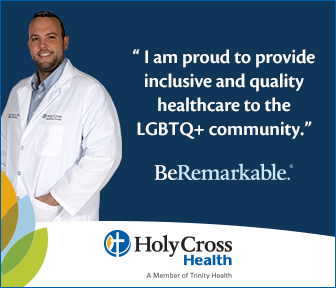
Miami Beach Pride Shows Florida Is Still Open For Business
In Florida’s never ending culture wars, Miami Beach Pride is an outlier.
...
Latest

LGBTQ and Disability Advocate Speaks on Vision Impairment, Accessibility
When talking about myths of people with disabilities, Katherine Allen says there’s more to deafness and blindness than people think.
...

The Essence of Diversity & Inclusion: A Journey Towards Empowerment and Understanding | Opinion
In the radiant scale of humanity, diversity and inclusion stand as beacons of hope, guiding us towards a world where every voice is heard, every identity celebrated, and every heart recognized.
...
Follow Us

Mich. Democrats Spar Over LGBTQ-inclusive Hate Crimes Law
Michigan could soon become the latest state to pass an LGBTQ-inclusive hate crime law, but the state’s Democratic lawmakers disagree on just what kind of law they should pass.
...

Senate Committee: Republican Attorneys General Abused Power Demanding Trans Medical Records
In a 10-page report released on April 16 by staff for the Democratic majority of the U.S. Senate Finance Committee, the Republican attorneys general of Tennessee, Missouri, Indiana, and Texas are accu...
































